
Call him The Last Cowboy.
In many ways, the 1980s and early 90s were a sort of last frontier for independent horror film-making. In the internet age, where everyone has a social media presence, Kickstarter can fund a movie overnight, and careers live and die by tweets, it’s difficult to pine for an era when esotericism and ephemera were the name of the game. Yet for all of the magnificent movies brought to us by today’s ever growing crop of independent filmmakers, there was something special about that time and place— before the need for high technology, rigid production schedules, and a really well orchestrated Twitter campaign. It was an age where a guy with a camera on his shoulder, a zip-loc full of fake blood, and some willing friends could wreak havoc on a Friday night and have the fruits of their labors turn up at Blockbuster six months later. It was a time when the video store and the midnight movie reigned supreme, a phantasmagoric last gasp for a generation raised in the dark by the light of the film projector and the cathode ray tube. Seeing a horror movie wasn’t a communal experience shared with the American masses, it was a cabalistic rite for the initiated. It was a time of discovery; it was a time of adventure; it was the age of Larry Fessenden.
Though the name might not be immediately recognizable, his face surely is—he’s that guy you saw in that thing, a character actor with nearly 100 films under his belt and more on the way. Yet it’s Fessenden’s role as a director that makes him truly noteworthy, having cut his teeth on the craft in those magical days of truly independent film-making. Armed with little more than a bazooka of a VHS camera and an acting troupe, Fessenden carved out a niche for himself as a name to look for in the video stores of the 1980s, a purveyor of strange and fascinating tales. It was a reputation which allowed him to continue working into the 90s, further honing his craft (as we discuss below, if you grew up in the American Midwest, you’re almost certainly familiar with at least one of his films) while also taking on a secondary role: Producer. Under his Glass Eye Pix label, Fessenden has become the ghoulish godfather to a new generation of independent horror filmmakers, helping to launch the careers of such established and rising luminaries as Ti West and Mickey Keating. “It’s all about elevating the genre,” says Jenn Wexler, a producer for GEP who spoke to me on Fessenden’s behalf before we scheduled our sit-down. “Horror has a bad rep, so something we really try to do is show that horror speaks to so many more things than blood and guts. Horror is a metaphor for real issues… A lot of our movies play on the festival circuit, then we get theatric releases in certain markets before hitting VOD, then DVD and Blu-ray. We’re classical in the sense that we like to get theatrical screenings as much as possible.” Not content to rest on his laurels as an icon of the vide age, though, Fessenden has recently gotten into video games, as well. “Until Dawn is Sony’s new game for PS4. Hayden Panettier and Peter Stromare are in it,” Wexler says. “Larry and Graham Resnick wrote it and people are just going crazy over it now. It’s a horror movie that you can direct yourself as a video game player.”

Though he may be moving forward, there’s no shame in taking a thoughtful look back, and that’s exactly what Scream Factory is doing with The Larrry Fessenden Collection, a retrospective of career highlights that also acts as something of a time capsule for that so-recent yet so-far-away era. “Habit, No Time, Wendigo, the Last Winter, these movies have become hard to see over the past few years, and this’ll make it a lot easier for people,” Jenn told me in anticipation of my interview. When I finally had the opportunity sit down with Fessenden, he demonstrated himself as someone whose reputation as a man of the people accurately proceeded him: Laid back, conversational, and introspective, it’s easy to see what draws his prodigies to him, and vice versa. It was a fun way to kill an evening, as we talked video stores, the new indy age, and looked back in joy…
Preston Fassel: How did you get into film?
Larry Fessenden: I wanted to be an actor when I was little. I liked movies, horror movies in particular, of course. I discovered that the camera is the way the story is told, and that made me intrigued by actual film-making, as opposed to putting on plays, which is what I had been involved in: Acting in and directing plays. So it was a sort of progression from there. I became enamored with a movie called Suspicion, by Hitchcock, and I became more and more enamored with the power of where you put the camera and how you tell the story. And that’s something I’ve carried with me ever since, really paying special attention where the film is designed, and how that’s stories are told. For years, I fetishized going to film school, but, in the old days, there wasn’t too many options. So I wound up going to NYU as an undergraduate, and I found that in the media department there was a great deal of freedom to actually make synch-sound movies. And that was such a freedom because, before that, I was shooting on Super 8, and it was a very awkward and time consuming activity. Of course, I cherish those days, but shooting on video was really liberating. I was able to make features quite young that way, and really experiment and learn the medium.

PF: How did GEP get started?
LF: In 1985, I decided to direct this massively ambitious play made by a group of people I knew, called Experienced Movers. It was insane. It was four hours long. And I thought, we’ve got to make a movie of this, because with video, it was something we could conceive of with a budget in the thousand-dollars range. I think, in the end, it cost like nine or ten thousand. But it was a two-and-a-half hour movie, with twelve lead characters. An absolutely, massively strange movie, and I think it took two years of my life to put it all together. But it was a great learning experience, there were just two or three of us making the film plus all of these wonderful actors, and it was great. It was the first time I used the name Glass Eye Pix. We distributed it ourselves. I would take it to a video store with a nice package and ask, “Can I put this in your rental department?” And they’d say, “Sure.” This was in the late 80s, and there were some stores in New York that would do that, and a store in Chicago. Then I spent a lot of time working on scripts. In 1990, I made a movie called No Telling with some private equity, and that got some attention, and we sold it overseas. But here, uh… It’s been a little tough. My sensibilities are not entirely mainstream.
PF: So you have more success overseas as opposed to in the States?
LF: Ah, no! That would be a cool myth. Like, a Charlie Parker myth. (laughs) But, no… Actually I think there was always a perception that a movie like Habit, which was my next feature after No Telling, would do well in France, or something like that. But actually there weren’t a lot of mechanisms to do that. It was picked up, mostly, by a video label, when I finally did get it distributed. I did my own theatrical distribution, and it did garner a lot of positive reviews… Y’know, the business side has always eluded me. Wendigo, I think, had some more foreign presence, and then No Telling certainly sold. But, I don’t have some cult following in Europe. (laughs) That would be cool.
PF: You know, you actually have a cult following in Oklahoma. I’ve got to be honest, I didn’t realize I knew who you were until I found out you were the guy who’d done Wendigo. In Tulsa and Broken Arrow in, like, the 2000s, seriously, like, every freaking rental store… you couldn’t go into a video rental store without there being at least one copy of Wendigo. Everybody saw that movie.
LF: I think that’s because it was distributed by Artisan, who, obviously, had tremendous success with The Blair Witch Project. So maybe they, uh, had a very strong distribution arm there. I gotta say, man, you’re making me very reminiscent for the old days of that kind of video store discovery, where a guy like yourself could walk in and say, “What the hell is this movie?” It had a terrible cover. I still hate it to this day. It looked sort of like the reboot of The Mummy, this sort of mouth yelling… And when they designed it, I literally called them and I said, “Have you even seen the movie? It takes place in the snow! You’ve got all this parchment!” These are the disappointments of being a low-budget filmmaker with very little influence over how things are sold. But it’s funny what you’re saying… In those days, you’d walk into a video store, and there’d be so many treasures. I ended up getting to know Ti West, and I produced many of his films, and the reason he knew who I was, was the same thing. He walked into a video store in Maryland and rented Habit, just some weird, obscure movie that had some sort of effect on him. Weird, great discoveries… I know you can do that on Netflix, and, uh, that’s fine, but there’s something about taking that box home and thinking, “What’ve I got?”

PF: OK, so, back to the 90s. You’ve got two movies under your belt, you’ve distributed under Glass Eye Pix. How does it move from a passion project into a full scale production company?
LF: I’ve always had this sort of desire to inspire other people. Even before I made Experienced Movers, I would video other people’s shows, and have a lot of opinions of how they could improve, what they could do, how we could present them on video. I worked with a guy named Impact Addict, who would jump off of buildings jumped in bubble wrap, and we would make—this was long before Jackass, make no mistake, we were doing this—and we would make these great pageantry videos out of his work. So I always had a great love of celebrating other artists, it was always something that, to me, is part of the process. Part of the creative process. To inspire other people. So I really try and inspire when I write, and direct, and produce, to get the most out of others’ visions. So, it’s just part of my nature. And then when I met Ti, I said, “When you get out of college…” – he was my intern—“when you graduate, come back, and we’ll make a feature. I like your short films. I also had a guy named James McKinney, and he teased me that he could make a movie for twenty grand because he had his own film crew. And I said, “Let’s see how that works.” And we set him up, and we got Angus Scrimm to be in it. And it got flaws, but, in those days, you could sell to a video company, and we doubled or tripled our money, because, y’know, it was a viable film. We had this great, golden period where we made low budget films with new filmmakers, and we actually made our money back for a long period of time. Graham Resnick made “I Can See” under that model, Ti made three movies. Oh. Really cool, low budget movies.
PF: It’s amazing, that you used to be able to market directly to video stores. You couldn’t really do that now.
LF: And you had labels, distribution labels like Showtime, uh, weird little labels… I’d have to look at who bought The Off Season. But you know, they paid us, and they obviously had a business model that made sense.
PF: It makes me think of the stuff you used to be able to find in places like Movie Gallery, Hollywood Video, supermarket rental stores where it was, ah, it was, “What am I seeing?” Something shot on VHS, and it’s, like, “Who made this? How did it get here?”
LF: Yes, exactly! Oh, I’m looking at the Off Season Disc now. It was Barnholtz Entertainment. I remember him! Barry Barnholtz. I called him up and I figured he was just some dude sitting in a room with a stack of (laughs) of videos, and he said, “I’ll buy it…” Uh, I see the Lion’s Gate Logo on here now, too, so maybe Lion’s Gate bought the rights from him. But, it was a great infrastructure in those days, where you could get really eclectic stuff paid for, [and] you could justify the next low budget production. And there’s a new version of that, but, it’s a little more difficult now, I find. Because the whole world is piled on you.
PF: How does it work now versus the 80s and early 90s?
LF: You have to have movie stars in the movies… And unless you get them really young, a lot of your crew are going to be in film school, where they’re being reminded they should get a [particular] wage. So the structure of real film has infiltrated even low, low budget movies, and that changes the relationship of… Well, everything. You’re not working long hours, you’re not a starving artist. And that’s fine. You shouldn’t have abuse in this business. But at the same time, the thrill is to start out giving it your all and trying to break out. When I made Habit, I only had six crew members including myself, the producer did our sound, and we shot for forty-five days and not today’s usual eighteen. Some days we’d shoot for three hours, get the scene, then we’d say, all right guys, let’s take a break. Oh, you have a real, paying job tomorrow? We’ll see you the next day, then.” We did it differently… And I wish you could still approach film that way. I still try to. I ask, is there a reason we’re on this strict, studio-like scheduling?
PF: Do you consider GEP to be a primarily horror production company?
LF: I think it’s really a company that’s about the… Well, my slogan is, “We support individual voices in the arts.” And I’ve been involved in a lot of movies that aren’t in the horror genre. Glass Eye Pix’s mission is to stand up against the homogenized entertainment coming out of Hollywood and to try and create a community of excited filmmakers who’re trying to push the envelope of what cinema can do.
PF: In terms of film, what is GEP’s crowning achievement?
LF: It’s the collective. Maybe that’s a cop out, but, it’s true, it’s a collective. Uh, I’m very proud of Stakeland, House of the Devil, and, obviously, my own films. They’re all very unique. They seem to inspire other people to think about the genre in a fresh way. So I think, uh, it’s another mission statement I have on my website, so forgive me for parroting myself, but it’s an accumulation of the work over time. And in the end, we’re talking about, uh, a bit. I’d like to think that Habit is in there somehow, an important approach to horror that resonated out into these other movies, an observational film about people going through real things but elevated by the presence of horror archetypes. Who wants to see a drama when you can see a vampire lurking in the corner? That’s my problem…I want to see the monster. I don’t want to see just straight drama. We all have to live with that every day.


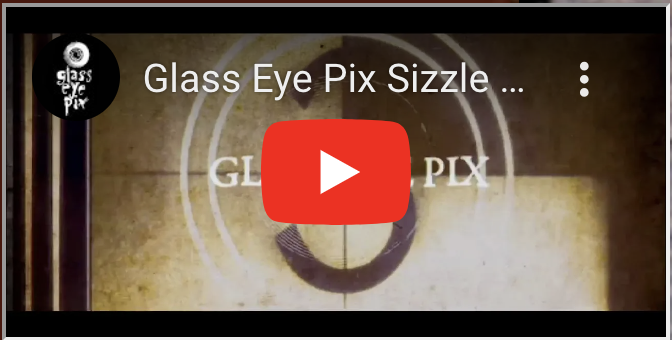
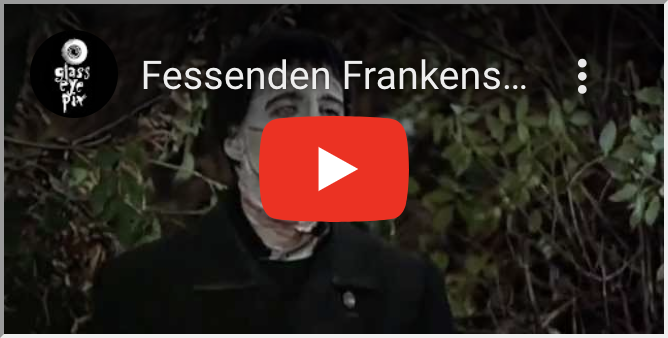
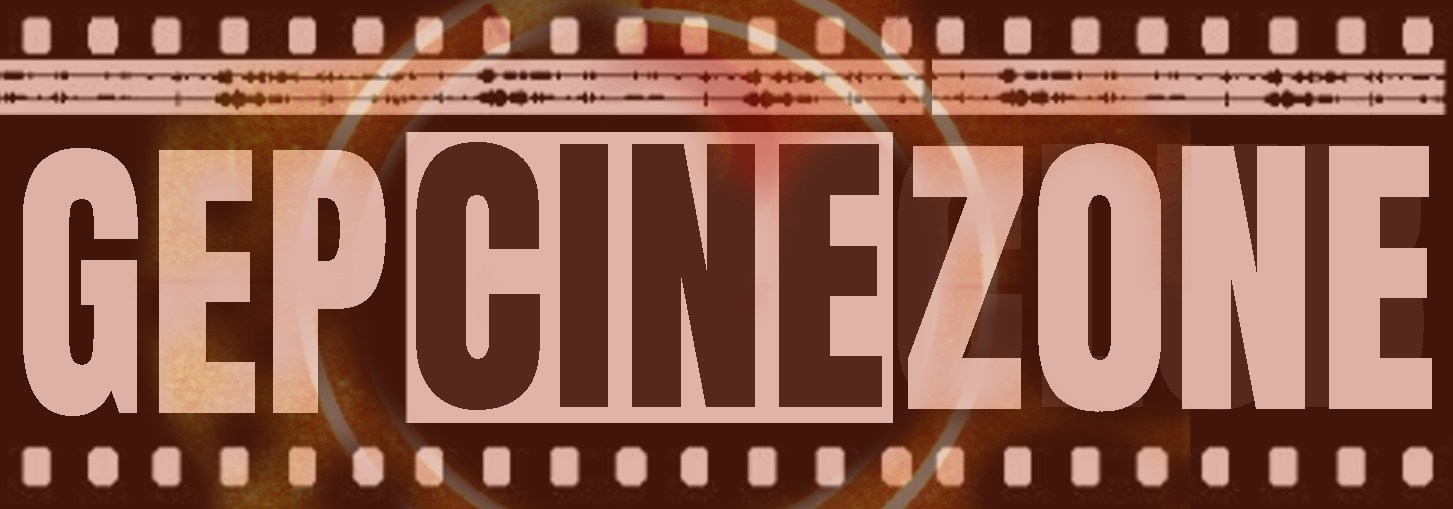


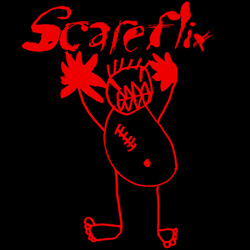

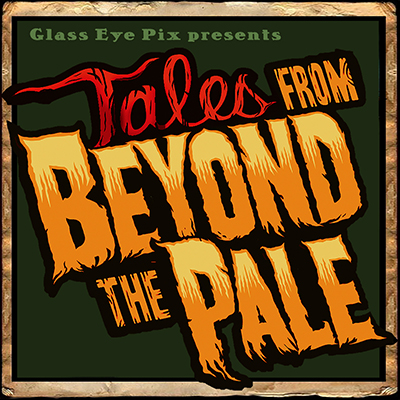
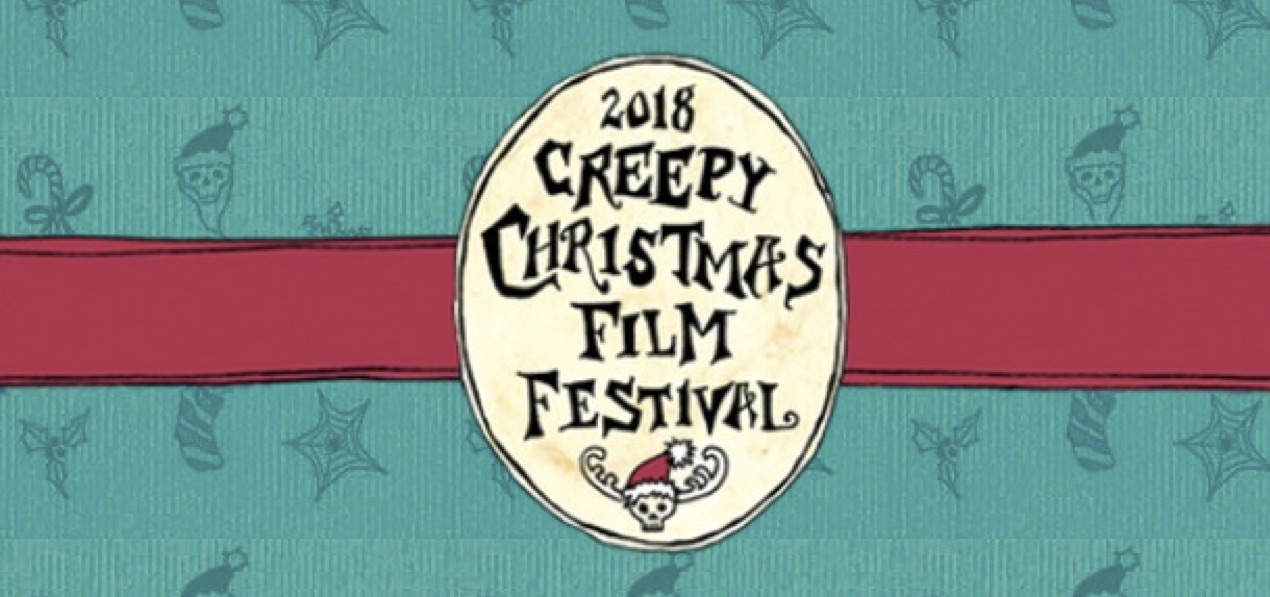
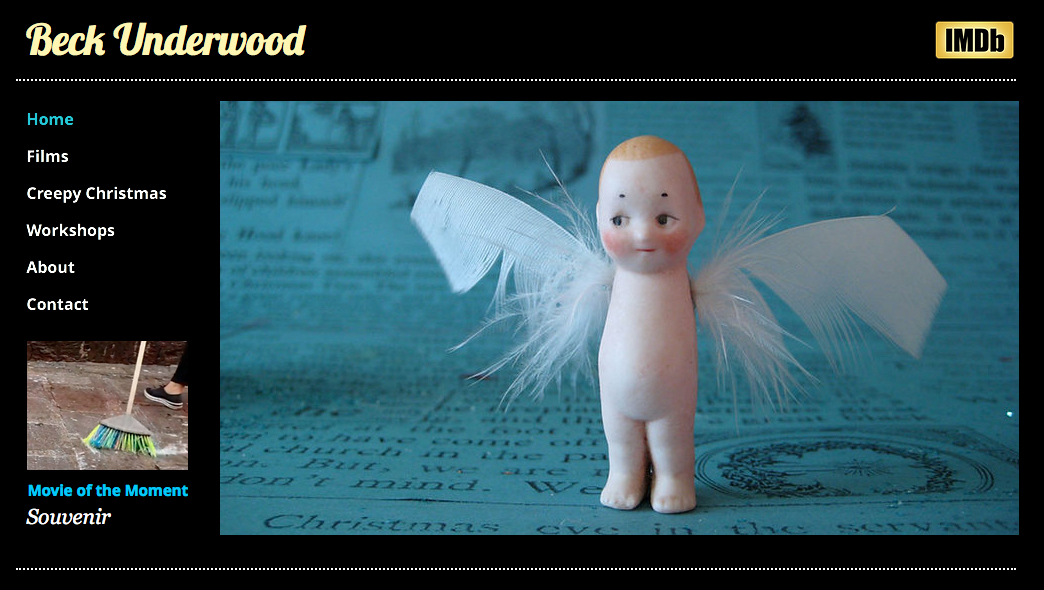
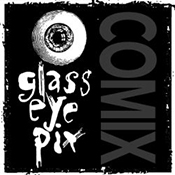






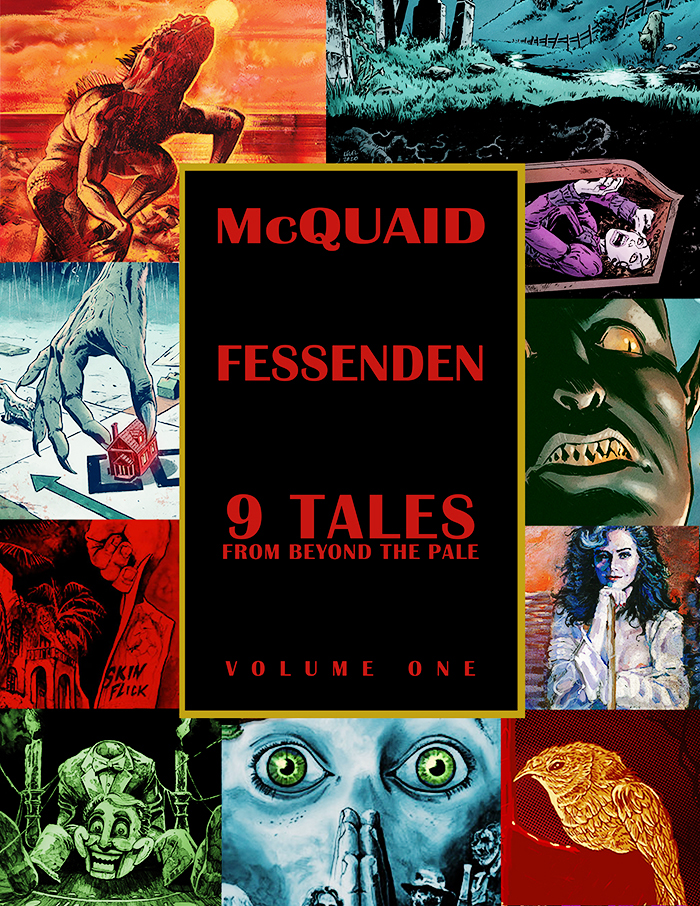
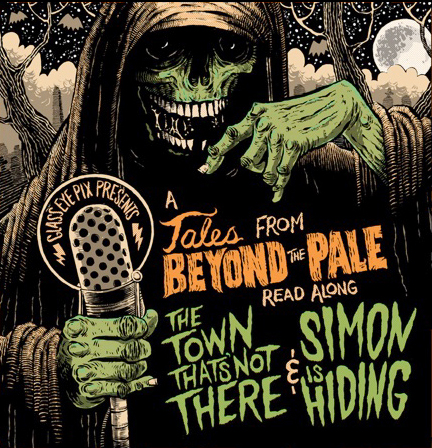
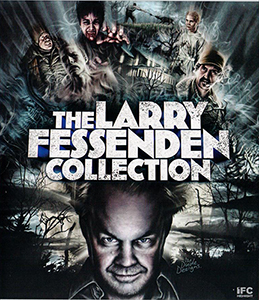
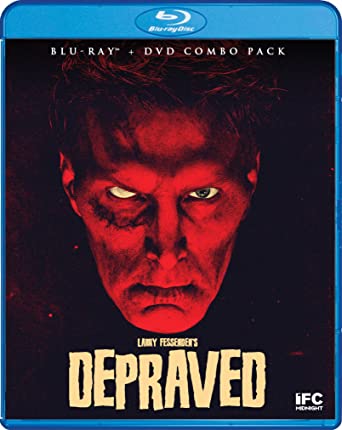
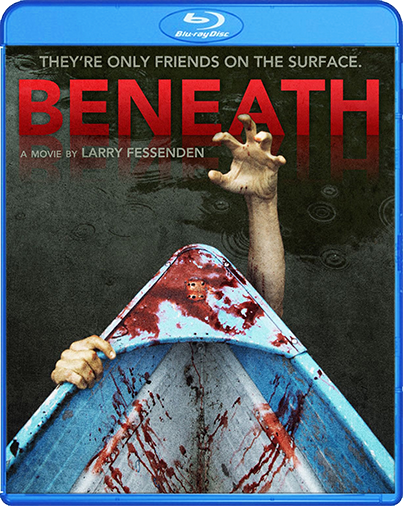
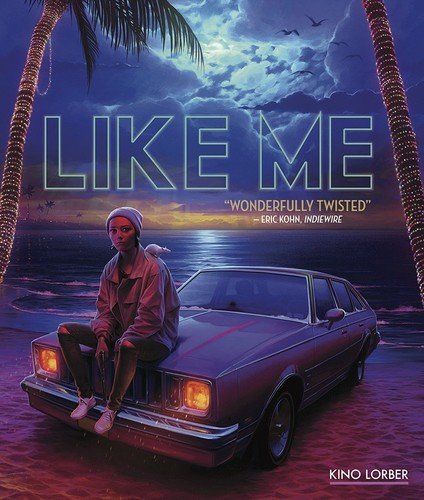

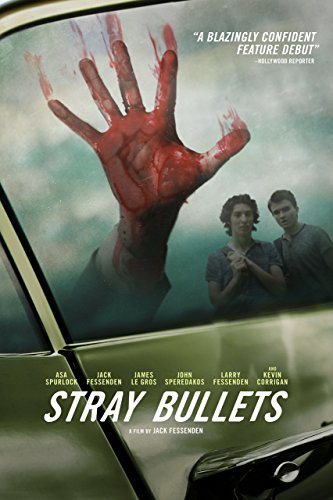
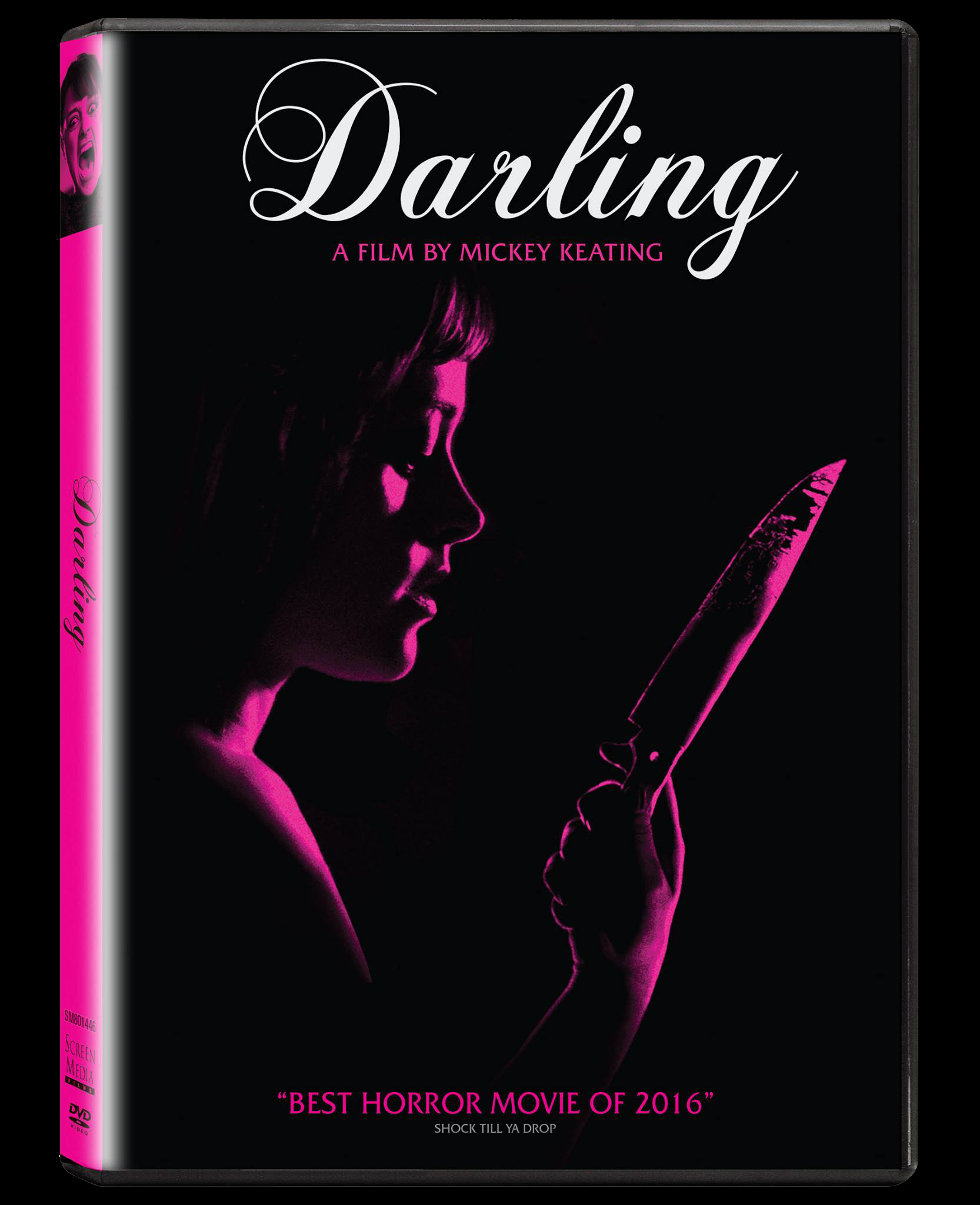
Add a comment